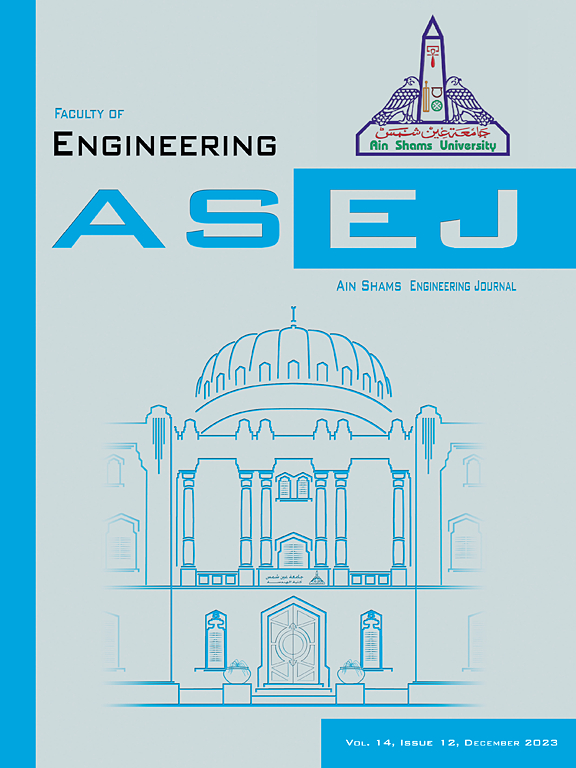Computational investigation on drag coefficient and pressure distribution of the truck with add-on
IF 6
2区 工程技术
Q1 ENGINEERING, MULTIDISCIPLINARY
引用次数: 0
Abstract
The current demand for reducing the drag coefficient represents one of the most significant challenges for all truck manufacturers. Fuel consumption can be improved via aerodynamic effects, which lower the vehicle’s drag coefficient. The external truck body design aids in lowering the drag coefficient, which lowers fuel consumption. The numerical study was executed using the Computational Fluid Dynamics package, which is STAR CCM+, to investigate the coefficient of drag and surface pressure distributions of the truck with add on. Truck geometries have been designed in Autodesk Fusion-360 within standard geometry with variations in shape and external drag-reducing devices. NASA’s experimental value of Generic Conventional Model had a drag coefficient of 0.4267. In contrast, the truck trailer geometry with add-ons had a drag coefficient of 0.35777 is obtained, resulting in a 19.28% decrease in the drag coefficient. Further, a 19.28% decrease could result in 7% fuel savings on a level road.
带附加装置卡车的阻力系数和压力分布计算研究
本文章由计算机程序翻译,如有差异,请以英文原文为准。
求助全文
约1分钟内获得全文
求助全文
来源期刊

Ain Shams Engineering Journal
Engineering-General Engineering
CiteScore
10.80
自引率
13.30%
发文量
441
审稿时长
49 weeks
期刊介绍:
in Shams Engineering Journal is an international journal devoted to publication of peer reviewed original high-quality research papers and review papers in both traditional topics and those of emerging science and technology. Areas of both theoretical and fundamental interest as well as those concerning industrial applications, emerging instrumental techniques and those which have some practical application to an aspect of human endeavor, such as the preservation of the environment, health, waste disposal are welcome. The overall focus is on original and rigorous scientific research results which have generic significance.
Ain Shams Engineering Journal focuses upon aspects of mechanical engineering, electrical engineering, civil engineering, chemical engineering, petroleum engineering, environmental engineering, architectural and urban planning engineering. Papers in which knowledge from other disciplines is integrated with engineering are especially welcome like nanotechnology, material sciences, and computational methods as well as applied basic sciences: engineering mathematics, physics and chemistry.
 求助内容:
求助内容: 应助结果提醒方式:
应助结果提醒方式:


